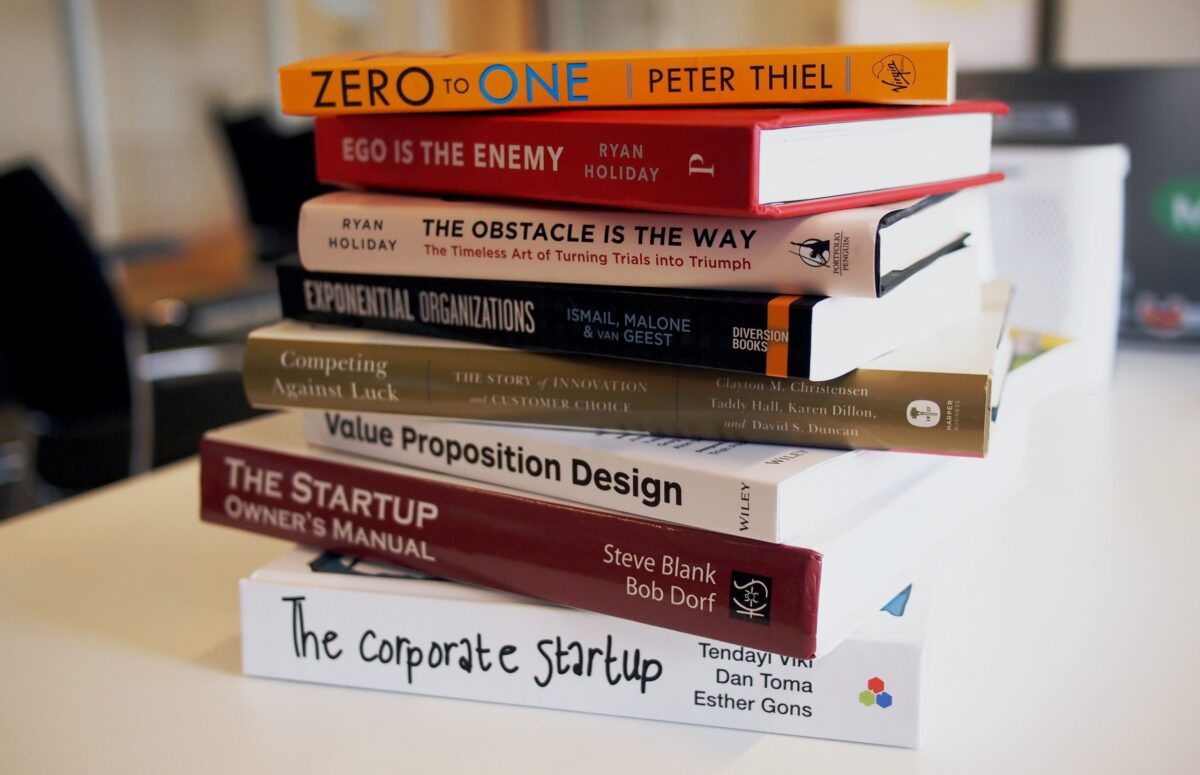
You’ve undoubtedly heard the saying, ‘everything old is new again.’ In this era of big-tech and bigger solutions to problems, it seems to be more accurate than ever.
Recently, I interviewed Christian Cotichini, the co-founder and CEO of HeroX, a crowdsourcing platform on my show, “All Business with Jeffrey Hayzlett.”
One of the first topics we discuss was learning the difference between crowdsourcing and crowdfunding. What’s the difference, you ask?
I think Christian said it best:
“Crowdsourcing is your (using people’s) brain, their talent, their ingenuity, their ideas, their experiences. We’re really about talent, genius, and people,” he said. “Crowdsourcing is just an extension of what we’ve been doing for thousands of years, which is relying on our network of people are trying to support us, help us, and we’re just using technology to extend that further.”
We live in a hyper-connected world. We used to say there were five degrees of separation between all of us. Christian says these days we’re closer than you think, and you can measure our connection in a completely different way.
“We are all two clicks away from each other. So, if you’re an organization and you need innovation, you have a problem that you know you haven’t gotten the best answer inside the building. It’s crazy to just sit there and try to call another board meeting, buy some post-it notes or some beanbag chairs, and get creative. Right?”
Don’t confuse crowdsourcing with crowdfunding, made famous by websites like go fund me. On HeroX, companies pay people for their ideas.
“There’s so much talent in the world. There are so many amazing people who are desperate to add more purpose and meaning to their lives. A lot of them are underemployed. A lot of them are bored. They’re tired of watching cat videos on Facebook,” Christian said. He added, “The internet allows us to create a structured, brand-safe way to post a challenge.”
You don’t have to be a rocket scientist to contribute; however, you may end up helping rocket scientists. One of the platform’s most well-known partners is NASA.
“NASA is one of our big partners, we’ve done dozens of projects for them, and they’re a great example of crowdsourcing because they literally have rocket scientists they can ask,” Christian said. “Even they know when they’re taking tackling these tough problems, that there’s value in going to the power of the crowd. When they get stuck, when they feel insufficient, they go to crowdsourcing.”
A recent project NASA put forward is being called the “Lunar Loo” project. When trips to the moon return in 2024, they need to figure out what to do when astronauts need to use the loo. While the project may make for a good headline; the idea behind it is serious business. Engineers have to deal with the waste, different types of gravity (or no gravity), and how it reacts in those environments. Through HeroX, NASA has seen more than 20,000 ideas, many looking at the problem in ways its scientists haven’t even considered.
HeroX does more than government work. Many private companies like Lululemon have come to rely on the platform as well.
“(Lululemon) is an amazing brand that’s really focused on neighborhood engagement through its retail outlets. Crowdsourcing for them was really brand-friendly,” Christian said. “They reach out to their tribe and asks them, ‘Hey, how can we transform and revolutionize the retail experience? What is the future?’ (Crowdsourcing) is unbelievably cost-effective for an organization like that.”
Christian says most organizations are hesitant to go outside their walls and ask for help. When they do, it can be a real eye-opener.
“We have about a 90% success rate. (companies) have to remember that if there is no failure, there is no innovation. That’s one of the reasons it’s hard to innovate internally. Most organizations (are) failure adverse, and it’s hard to generate those crazy ideas where one out of 100 ends up being a brilliant idea.”
In just a few years, HeroX has gone from just an idea to a reality, and while its mission is to help people, it also wants to be an example for other businesses by leading with values.
“We balance off seeking profits…with the social impact that we have,” Christian said. “I believe that the way we’re going to create a sustainable and vibrant economy is by balancing the positive impact with entrepreneurship and business. Doing good by being good.”
HeroX was also ahead of the COVID curve as the company never had a physical office. When we spoke, Christian was sailing near the Strait of Georgia off the southwestern coast of British Columbia, Canada. They definitely proving the old adage that you really can work from anywhere.
“Crowdsourcing is inherently an online process, so we decided to start as a distributed company,” Christian said. “I’m a big believer in the power of a strong culture and creating a company culture grounded on some shared core values. I’m proud of how we’ve created an amazing team and high-performance culture doing a great job remotely having never had an office.”
Christian admits, there are some pros and cons to not having a physical office, but one of the most significant advantages is the labor pool. In theory, anyone can work for HeroX, helping the company attract top talent from around the globe.
HeroX is a great idea, and it really should get us all thinking about the problems our businesses need help solving and if some outside voices can help.
If you’d like to hear my complete conversation with Christian, press play on the player below.


















